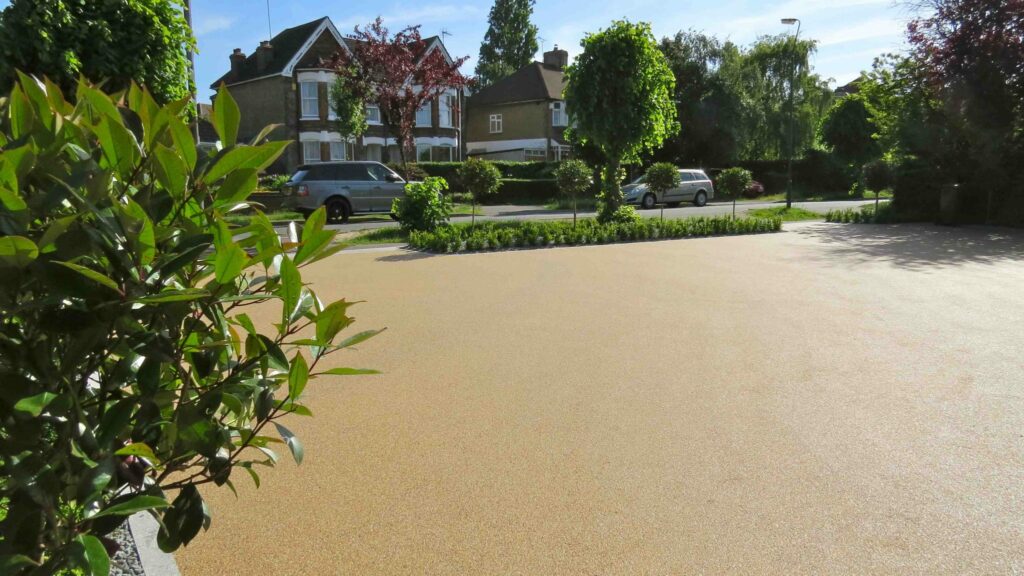
In recent years, resin driveways have become a hugely popular innovation in drive design, providing the beauty of a gravel drive but without the spilling stones, and the robustness of asphalt but with much improved drainage and the ability to personalise.
Despite being fairly new, or at least new to a lot of homeowners, the core components of a resin drive are very established and have been used for decades if not centuries.
The use of resin itself dates as far back as Ancient Egypt in the form of frankincense and myrrh, resin’s use for flooring dates back to at least the 1960s, and the use of aggregate and gravel in drives is centuries old itself.
Most importantly, the concept of a compacted, bound surface on multiple layers, including tarmac, MOT Type 3 aggregate for sustainable drainage systems (SuDS) and subgrade soil is inspired by the core principle of one of the most innovative revolutions in road design since Ancient Rome.
Macadam And The Resin Drive
Up until the 18th century, roads, pavements and driveways consisted of either basic dirt tracks or elaborate foundations of stone, but that began to change thanks to the obsession of John Loudon McAdam.
Born in Ayr, Scotland in 1756, John McAdam became a trustee of the Ayrshire Turnpike in his district and quickly became fixated on making better, longer-lasting and more effective paved surfaces.
This led to several experiments on the roads he was a trustee, and when he moved to Bristol his hobby became his job when he became the surveyor general of the Bristol turnpike trust, putting him in charge of nearly 150 miles of road.
His key theory was that rather than having a huge bedrock of large stones to create a road surface, local soil would be perfectly adequate for supporting all of the traffic above it, as long as the soil itself was protected from being moved and shifted by horses and carriages, as well as from water.
The solution, later known as macadam, is similar to the one used in resin drives and uses two relatively thin layers of stones. The lowest, laid directly on top of the subgrade is a coarser compacted stone such as granite, whilst a lighter stone is placed on top to protect the lower surface.
The key difference was that the roads were carefully laid to be practically level, except for a slight curve that naturally allowed water to drain into channels on the side of the road, which is a core difference compared to a SuDS-compliant resin drive.
The macadam system was significantly better than any road surface available at the time, particularly when the surface was bound first with water, later with tar and finally with resin.
The key to its success is that the smaller stones form a versatile surface that spreads out the load around it, rather than creating particular points of pressure and therefore points of failure, as has been seen by stone flags.
This principle is the bedrock of road surfaces today, but by swapping out tarmac for resin it has proven to be effective for driveways as well.


